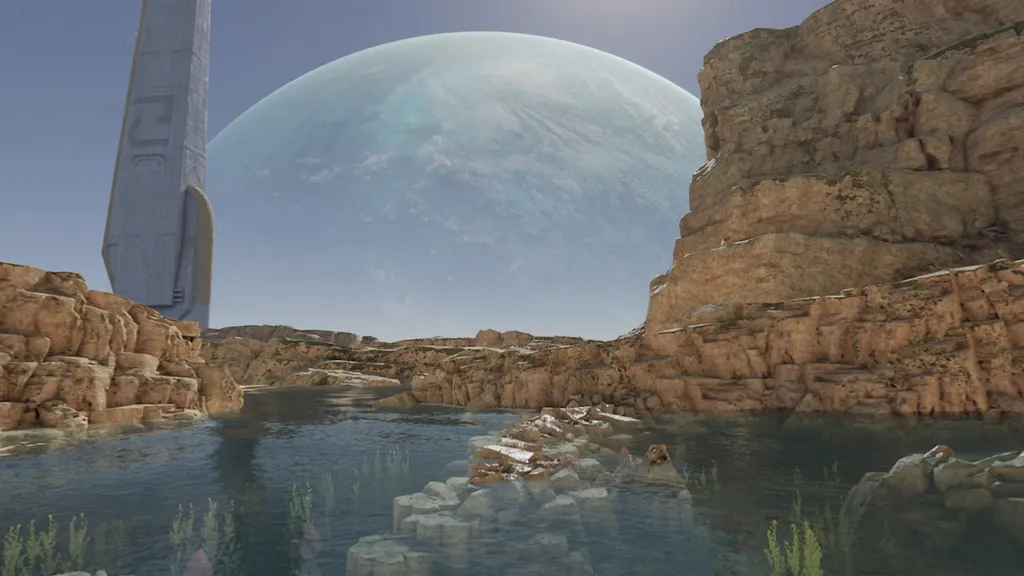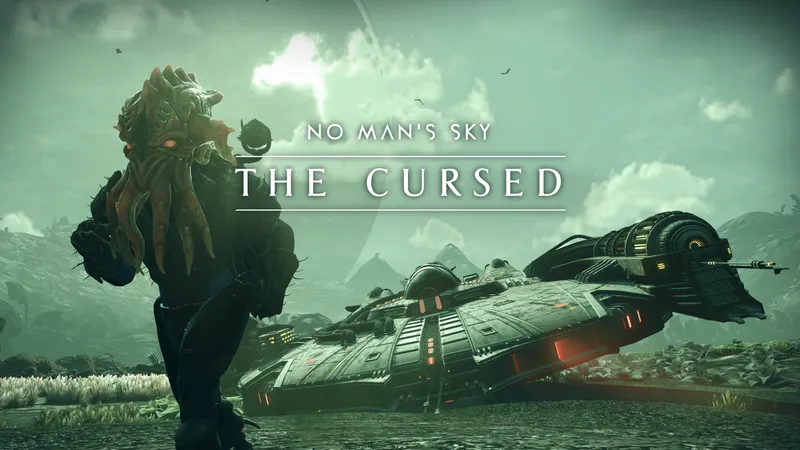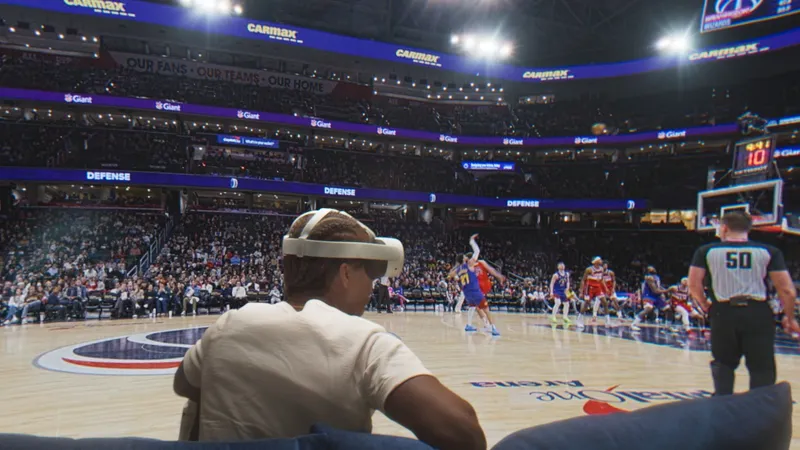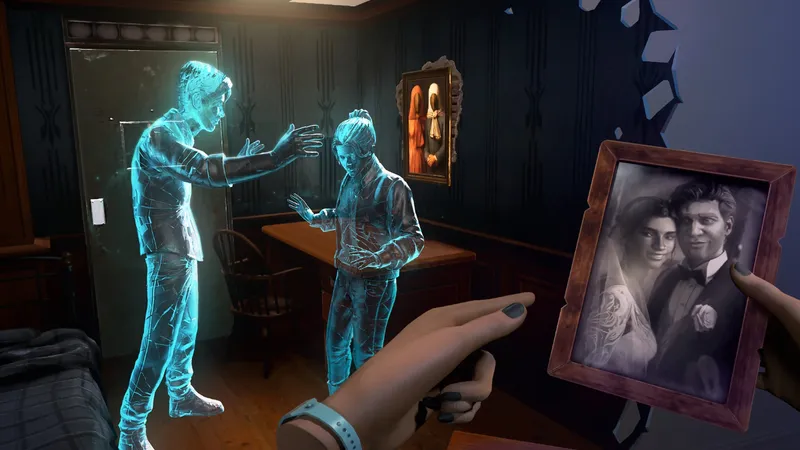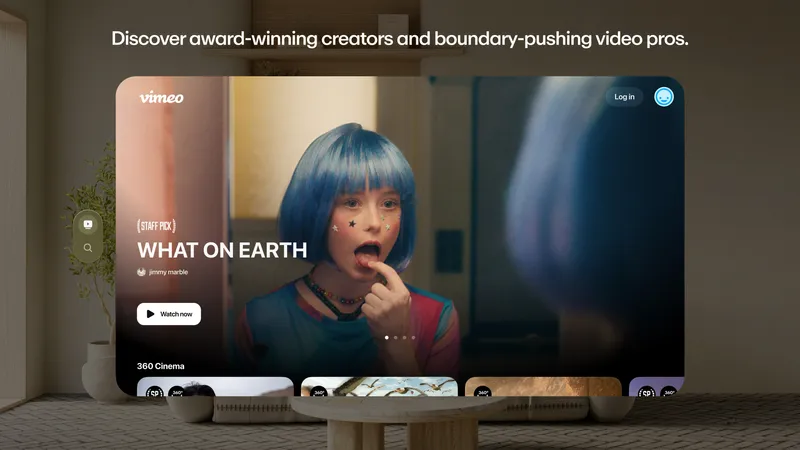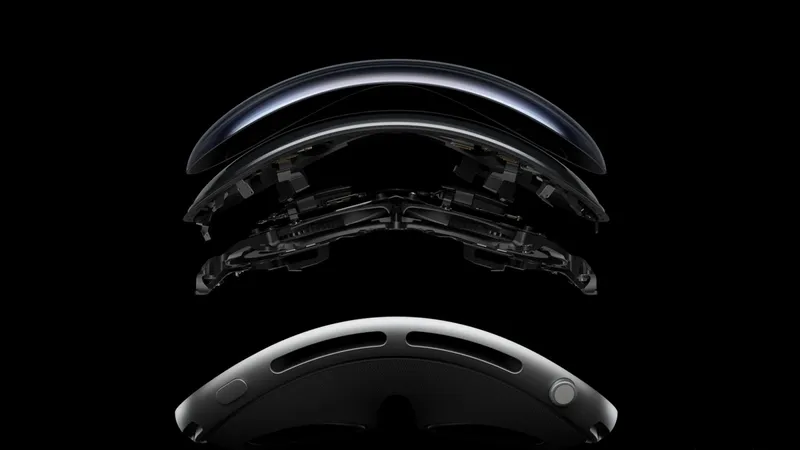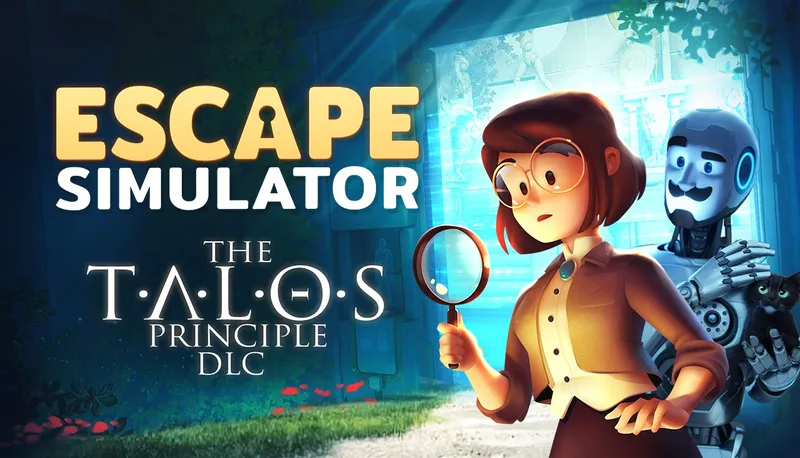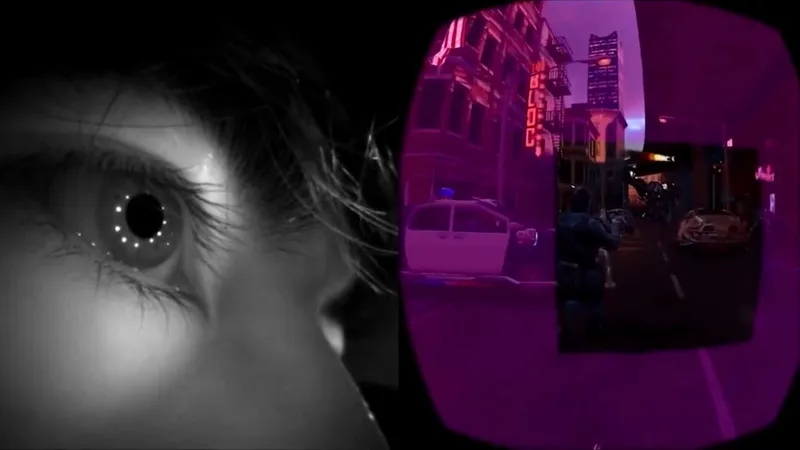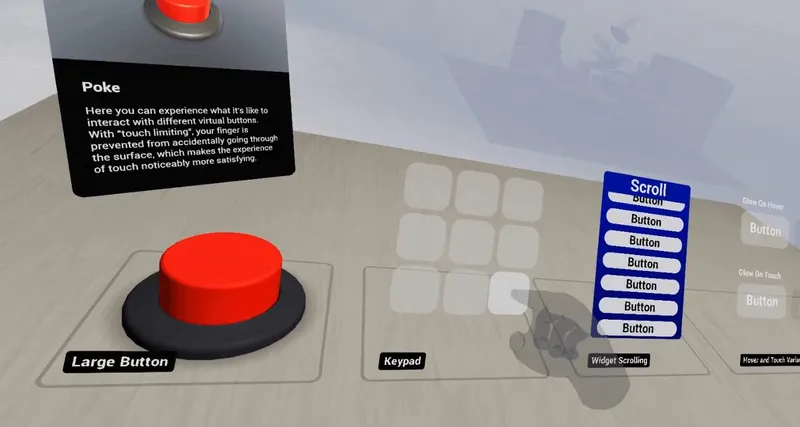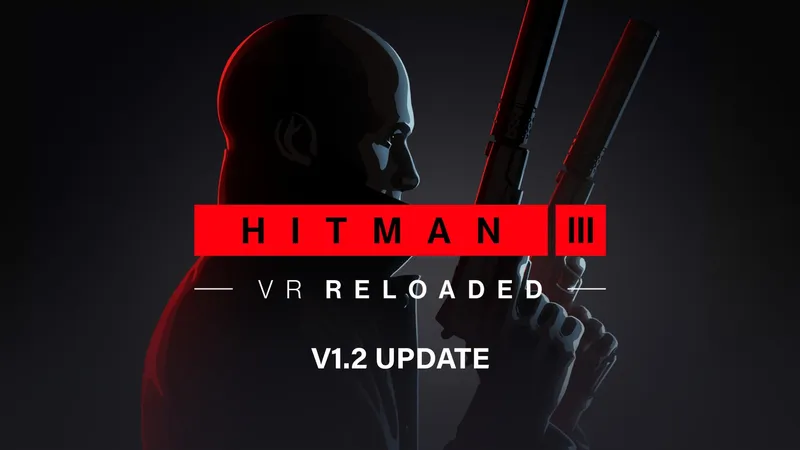Sci-fi action adventure game Hubris debuted on PC VR late last year with stunning visuals but slightly more average gameplay. Now available on Quest 2 and PSVR 2, these new ports hold up surprisingly well, with some expected adjustments for each platform.
Last year, Hubris offered PC VR players AAA-level visuals, matched with entertaining-if-average gameplay and story. In our PC VR review, we likened it to a late-night fast food burger that “fails to live up to the impressive image shown on the menu but still satisfies your craving.”
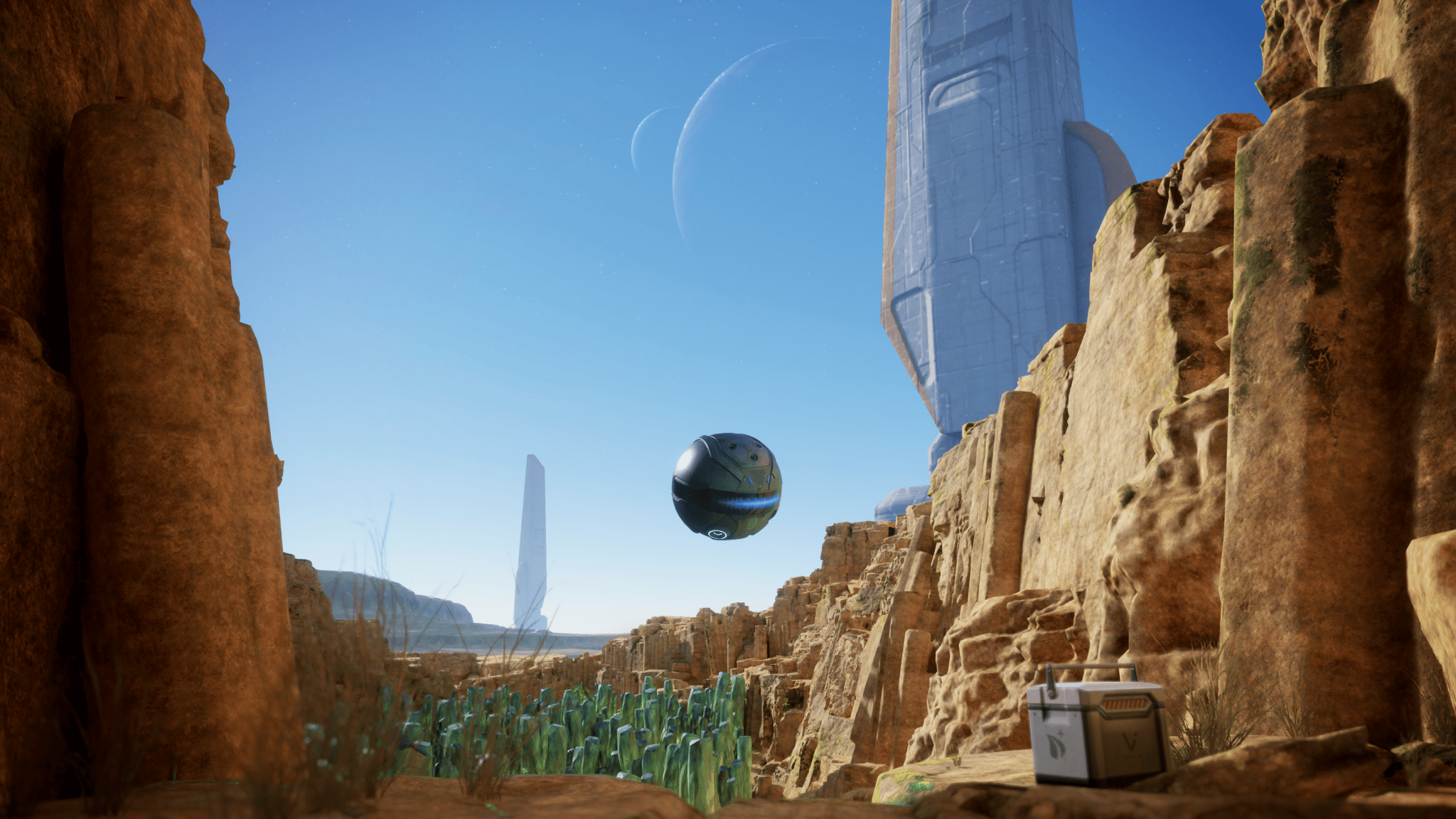
With Quest and PSVR 2 ports available now, we were keen to see whether these new versions of the game held their own, particularly when it came to visuals. While PSVR 2 might come powered by PS5, Quest is a standalone platform with mobile hardware – getting Hubris running, let alone looking good, was bound to come with some drawbacks.
Gameplay As Expected
In terms of gameplay, the Quest 2 and PSVR 2 ports of Hubris remain faithful to the original PC VR release. This means you get all of the good, and a lot of the bad too. Swimming, jumping, and climbing all remain enjoyable, but still suffer from the occasional glitch, such as your hands not always grabbing onto terrain in the way you’d expect. Exchanging blaster fire with the enemy delivers some adrenaline-fueled fun, but remains plagued with underwhelming AI that sees enemies making stupid tactical decisions.
Accurately aiming down the gun sight is also every bit as difficult as the PC VR version, but there has been a significant change to the game’s reload feature since launch. In the original PC VR release, you would hold the gun upright next to your head to reload, waiting for audio cues to mark when the weapon is partially or fully charged.
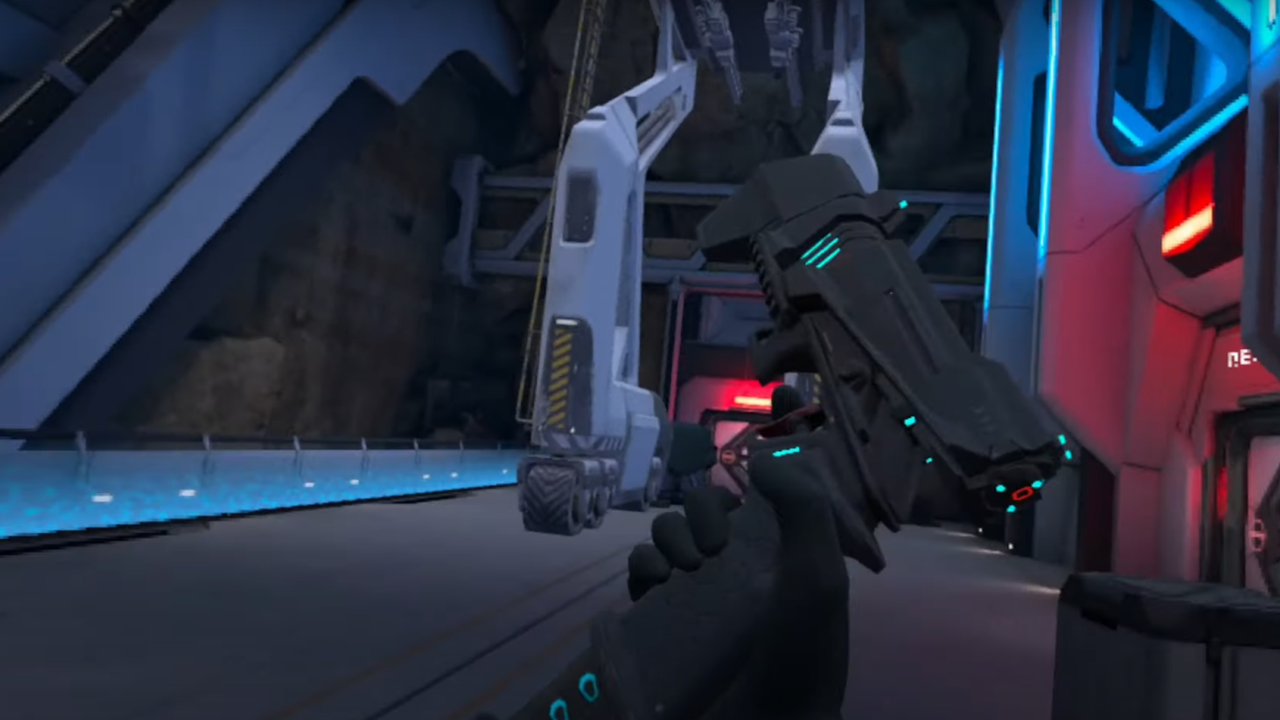
However, on both Quest 2 and PS VR2, reloading is handled differently. A clip ejects from the bottom of the gun when empty (pictured above), which you simply push back into the weapon for a full reload. As a result, combat becomes a bit easier, given you no longer need to wait those agonizing extra seconds while your gun charges. The developers also confirmed that this change is coming to the PC VR version as well in an upcoming patch.
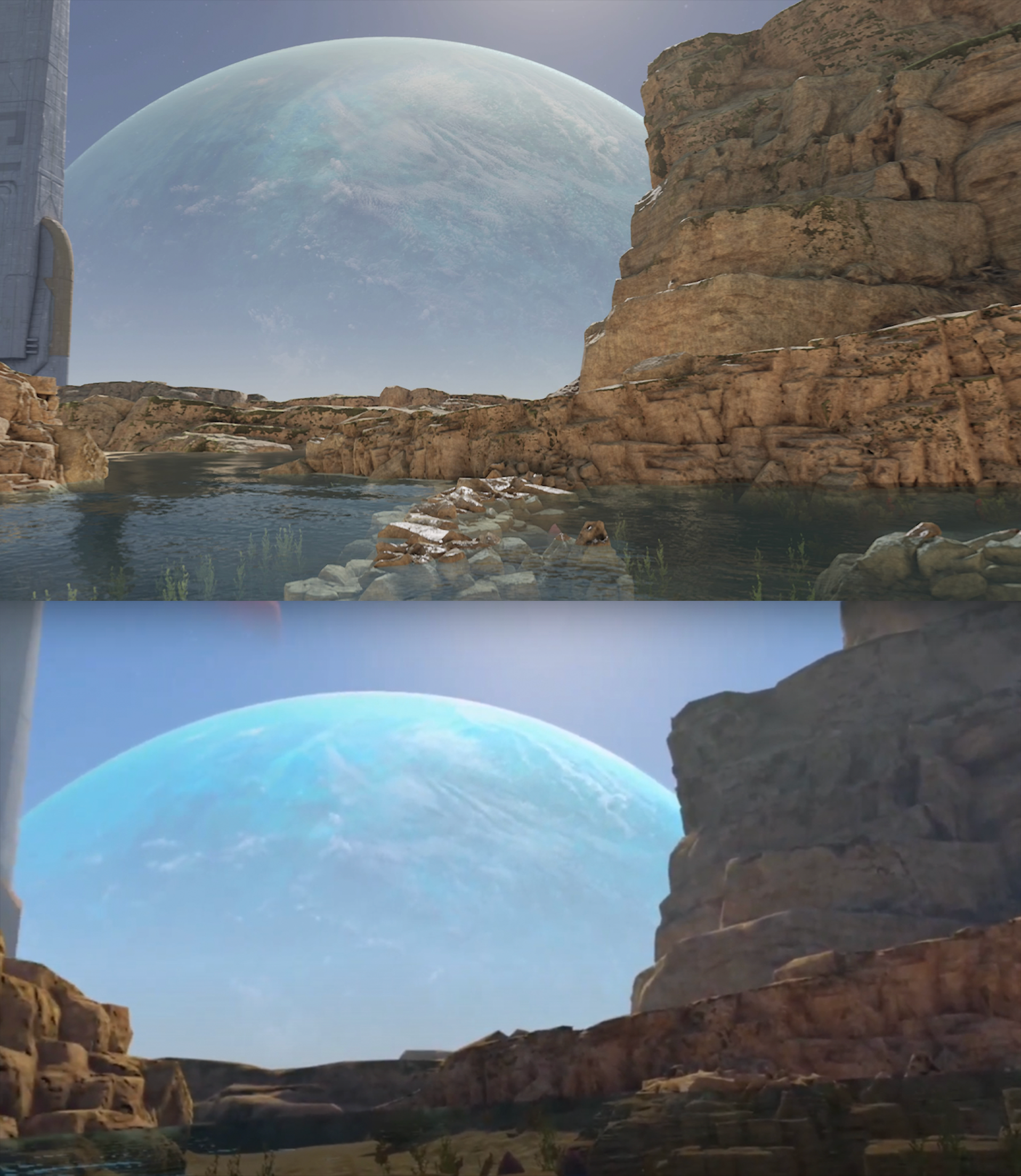
Visual Adjustments As Necessary
On PSVR 2, Hubris retains most of the detail and fidelity that the PC VR version is known for. In fact, Hubris game producer Koen Van den Steen confirmed that foveated rendering on PSVR 2 means that the resolution and textures should be “considerably sharper” than all but the highest-end of PC VR.
Textures look crisp up close on PSVR 2, with environments looking as sharp and detailed as you would expect from a console-drive VR experience. Performance seems fairly solid, though there is some noticeable ghosting during lateral movement – a byproduct of the game running at a re-projected 120Hz. Comments from Hubris developers indicate that Sony is working on improvements in that area.
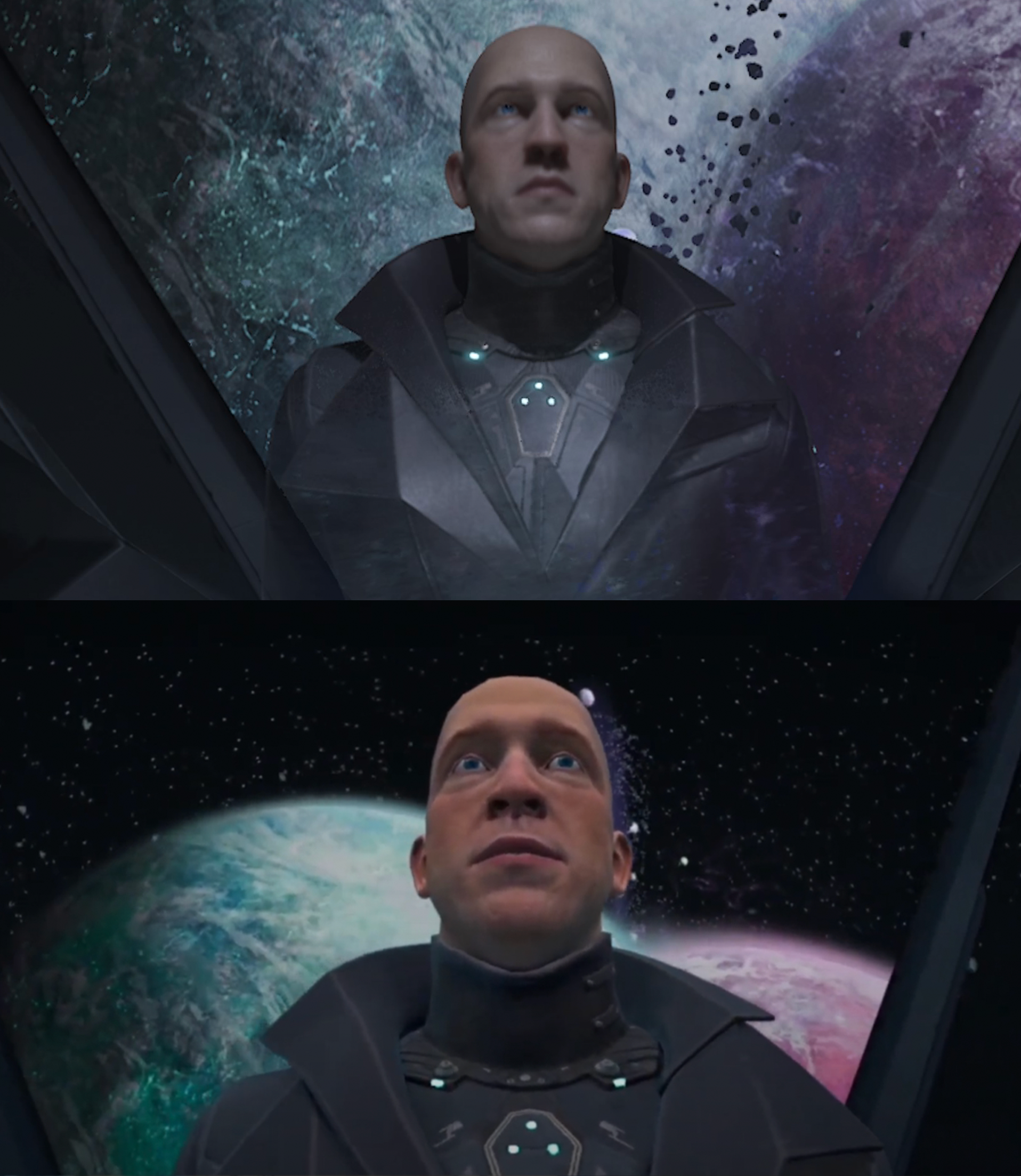
When it comes to Quest 2, the stunning visual presentation of the PC VR and PSVR 2 releases has, in large terms, survived the transition over to standalone hardware – with caveats.
Rather impressively, the Quest 2 port manages to keep the structure of the expansive open environments intact and, during our testing, ran just as smoothly as it did on other platforms. As you would expect though, this comes at a cost – the graphical fidelity on Quest is greatly stripped back from its PC and console counterparts, given the hardware limitations. Among the more significant visual downgrades on Quest is the lack of shading and lighting effects. Although some features like reflective water surfaces are retained, the lack of dynamic shadows is very noticeable and makes everything look a lot more one-dimensional and unrealistic.
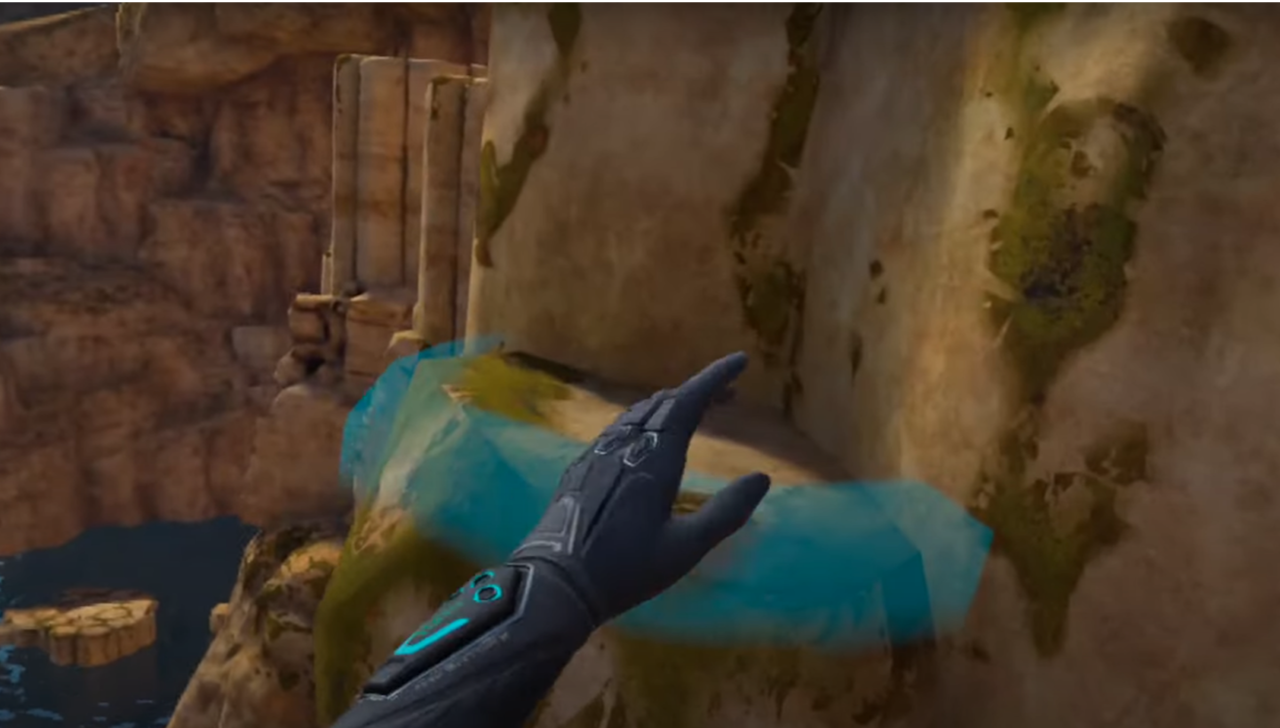
Textures on Quest also lack the level of detail seen across on other platforms. Surfaces like a rock face generally hold up from afar, but once you get up close for climbing segments, the beautifully-detailed pitting and blemishes seen on other platforms are noticeably absent on Quest (pictured above).
The environments are also a lot more sparse in the Quest version compared to the other platforms. For example, I noticed a marked reduction in vegetation when swimming through some of the aquatic environments (pictured below), making the alien biomes feel less vibrant and alive. Some model animations, such as the tentacles on the jellyfish, were also noticeably more jerky.
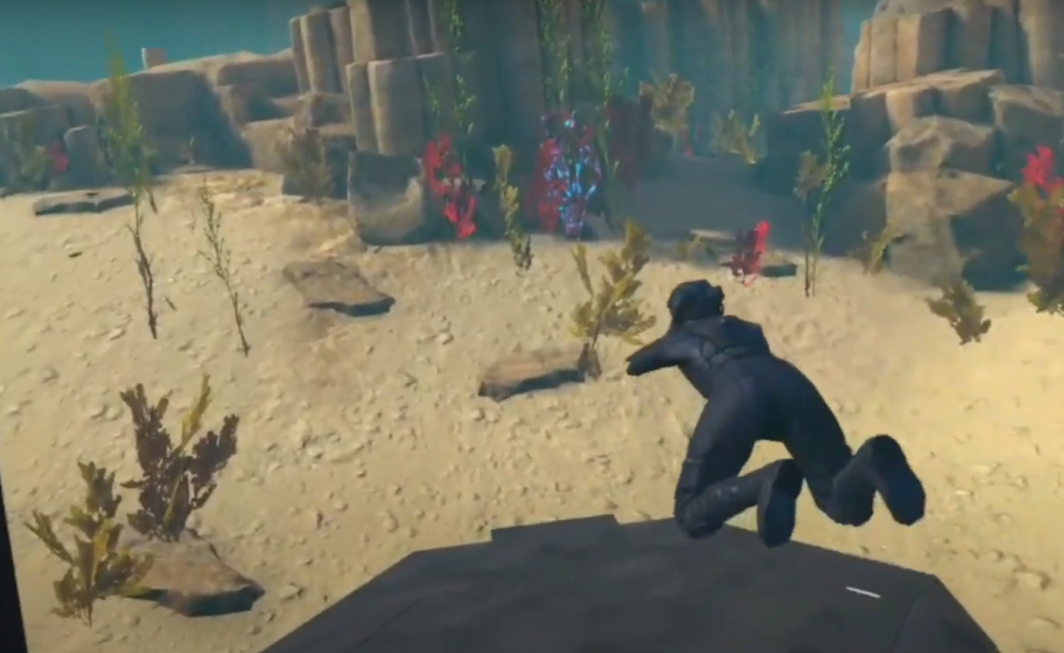
Speaking online about the process of porting to Quest, Hubris producer Koen Van den Steen noted that the team had to ‘simplify a lot of [the] shaders’ and use ‘dynamic DPI-scaling to reduce the load on [the] GPU’. Koen also mentions the use of Application SpaceWarp ‘to get the right frame rate’ – a Quest feature that lets apps run at half framerate by generating every other frame synthetically.
The Bottom Line
So while there have been graphical sacrifices made to get Hubris to run on a mobile platform, it’s about in line with what you would expect given the hardware limitations. The game is still arguably one of the more visually impressive games in the Quest library – particularly when it comes to the expansive scale of its vistas – and the PSVR 2 port is equally solid, bringing the stunning fidelity of the PC VR release over to console.
The bottom line? This is the same game that we reviewed last year – just on new platforms, with visual upgrades or downgrades to match the power of the headset you’re playing on. If you're still um-ing or ah-ing over whether the game is for you, you can read more about the campaign itself in our PC VR review.
Hubris is now available to purchase across PC VR, PS VR2 and Quest platforms for $29.99, with cross-buy available between the Rift and Quest versions.

